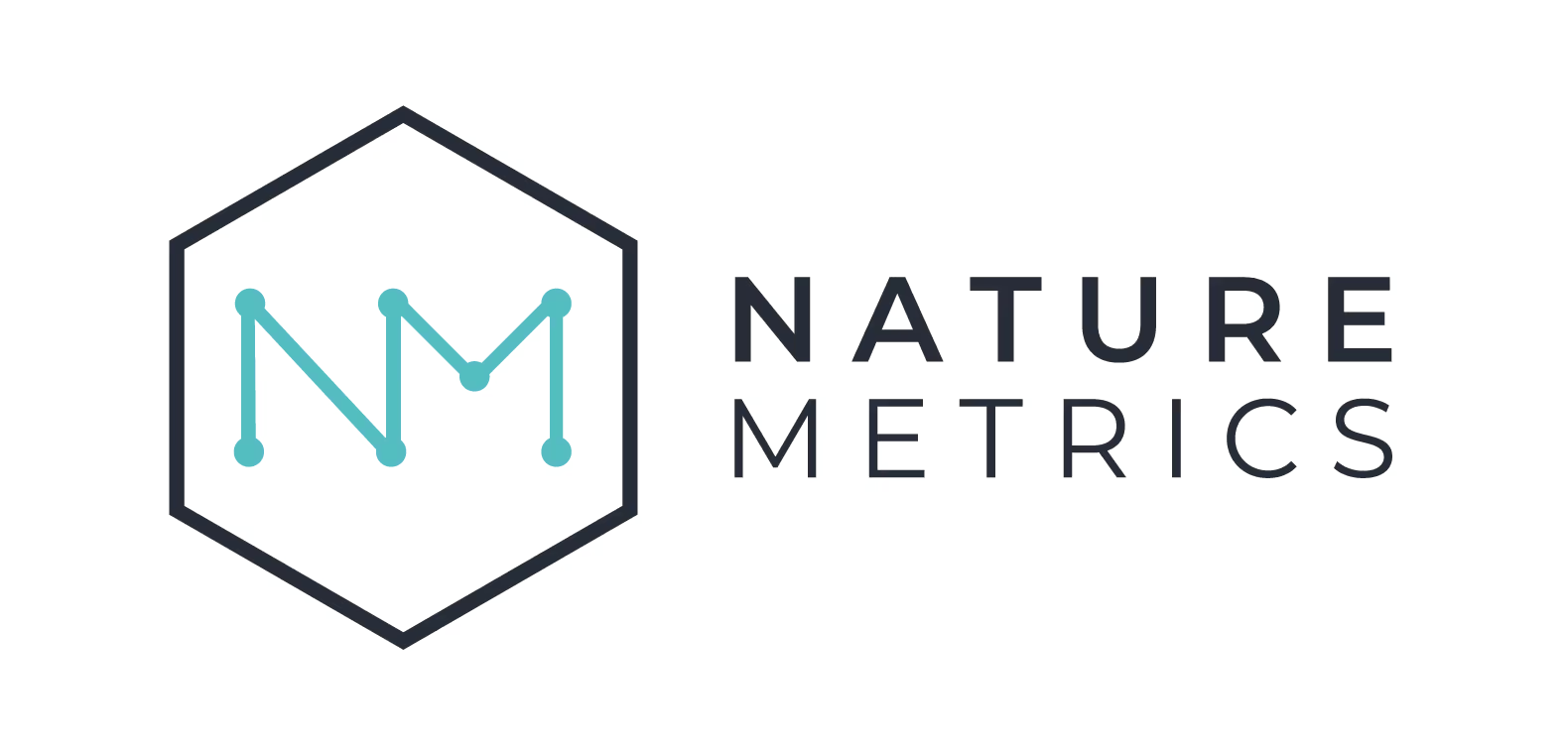Great Crested Newt (GCN) eDNA kit instructions
All sampling must follow WC1067 Appendix 5 Technical Advice Note (Defra / Natural England). NatureMetrics guidance is supplementary only and WC1067 takes precedence in all cases.
For use in the UK only, for UK licencing.
Please ensure all information sent to NatureMetrics is in English.
Datasheets must be completed using a pencil only.
Kits should be used within three months.
For more info on our GCN ordering Portal, prices and links to our Help Centre, please click here.
Any queries, contact us.
View instructions for all kits
Sample return: When your samples are ready to be returned, do not post them yourself, please always contact NatureMetrics and we will arrange a courier for you. To request a courier collection, please contact us on logistics@naturemetrics.co.uk or call 0203 876 7350.
Important! Ensure your GCN reports contain the correct samples:
Our Portal allows you to easily control which kits are included in a report. Kits returned together and assigned to the same Portal 'project', will be reported together.
The Portal allows you to assign kits to a project. Once your used kits have been collected by our courier, please do not re-assign these kits to a different project, as this change will not be recognised in your reporting. To ensure accurate reporting, before our courier arrives for collection, please check that each project has the correct kits assigned to it and all kits to be reported together are being returned together.
Additional charges may apply if reports need to be reissued due to incorrect information.
Any queries, please contact us.
Please do not mix the contents of one kit with another. Keep all six tubes in their original kit.
Top tips when working with eDNA:
1) Avoid contamination
Gloves should be worn at all times during the sampling process. If you have purchased multiple kits, they should be used one at a time to minimise contamination between samples. Do not open more than one kit at a time. Samples should be collected from the shoreline without entering the water. This prevents disturbance of the substrate and limits cross-contamination.
To increase confidence in results, avoiding contamination of samples is highly important. Sealed kits are sterile until opened; do not open more than one kit bag at a time, keep kit contents inside the bag before use, and put on the gloves provided before touching other kit components. Whilst wearing gloves, avoid touching anything not necessary to sample collection to minimise introducing external DNA into the sample. Change gloves between each kit. If any reusable tools are used, these should be decontaminated, using a disinfectant wipe or a bleach solution, between each sample.
2) Avoid excessive heat & sunlight
To get the best results possible, avoid inconclusive results, and avoid situations where data cannot be reported from a sample, before undertaking fieldwork, please read our guide: How to avoid inconclusive results
In summary: when inconclusive results occur, it is because the target DNA was not detected, DNA was degraded, or PCR (a crucial part of the lab process) was inhibited.
Key steps you can take to help avoid inconclusive results: do not leave your samples exposed to sunlight or heat, and return samples to NatureMetrics as soon as possible after sampling.
Kit contents

2 x pair of nitrile gloves
1 x 1.6 L sampling bag 1 x resealable bag
1 x 30 mL ladle dipper
1 x plastic pipette

1 x sampling datasheet
6 x 50 mL tubes, each containing 35 mL of ethanol and preservative, inside cardboard box with insert
Vampire Pump
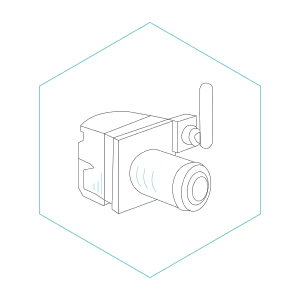
1 x pump head (A)
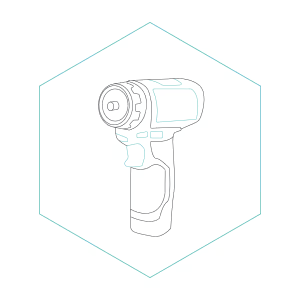
1 x drive unit (B)
Additional items you will need:
Device to capture GPS coordinates (lat / long) (e.g. GPS capable smartphone or standalone GPS device).
Pencil (to complete the datasheet).
More than one person using a kit? Please purchase extra gloves. Each kit includes two pairs of medical-grade nitrile gloves, designed for single-user sampling. If multiple people will be using the same kit, please purchase additional gloves.
Instructions
1. Book your shipping: Contact us at logistics@naturemetrics.co.uk or 0203 876 7350 to book the shipping of your samples to our labs (there is no extra charge for this, it is included in the price of the analysis). Please do not send kits back yourself, please always liaise with us to handle shipping. If possible, to minimise the time between sampling and lab processing, please contact us to book your sample collection before going into the field. We recommend shipping your samples on the same day they are taken.
2. Plan your 20x subsamples: Identify where you will take 20 subsamples from the pond. Subsamples should be spread out evenly around the pond perimeter. If some of the pond perimeter is inaccessible, subsamples should be spread out evenly around accessible areas. Both open water (displaying habitat) and vegetated (egg-laying substrate) areas (if present) should be represented by the subsamples. It is not advisable to sample very shallow water (less than 5-10 cm deep).
3. Put on the first pair of gloves: Open the provided sampling bag by tearing off the clear plastic strip along the perforated line, then pulling the tabs to open the bag.
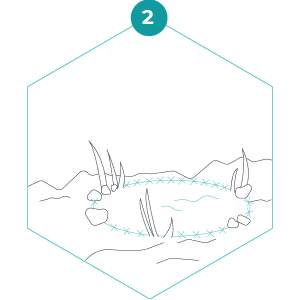
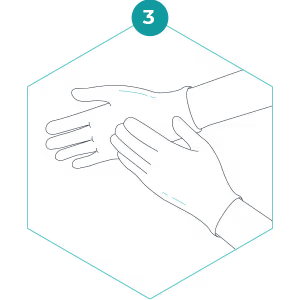
4. Collect 20 x 30 mL subsamples of pond water from around the pond (see step 2) using the provided ladle (fill the ladle to the top) and empty each subsample into the sampling bag. At the end, the sampling bag should be approximately half full (600 mL).
Before each ladle of water is taken, the pond water column should be gently mixed. Use the ladle to stir the water from the surface to close to the pond bottom without disturbing the sediment on the pond bottom. It is not advisable to sample very shallow water (less than 5-10 cm deep). The sampling bag is not self-standing so it should be propped against a rock/log/tree stump when it needs to be set down.
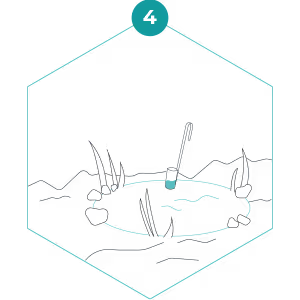
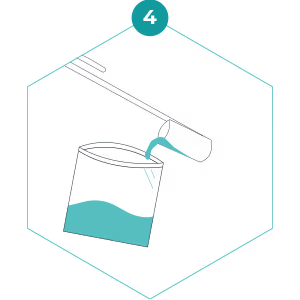
5. Seal & shake: Once 20 subsamples have been taken, roll down the top of the sampling bag to seal, and shake the bag for 10 seconds. This mixes any DNA present in each subsample across the entire water sample.
6. Put on a new pair of gloves to minimize contamination risk to the next stage.
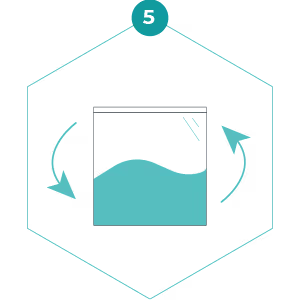
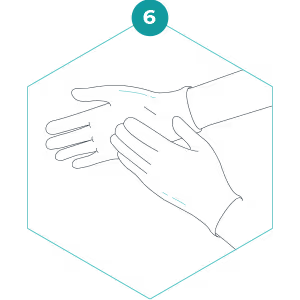
7. Pipette subsample water into each tube: Before taking each aliquot, swirl the water in the sampling bag to homogenise the sample – this is because DNA will constantly sink to the bottom. Using the clear plastic pipette provided, take a 15 mL aliquot of water from the sampling bag and pipette into a sterile 50 mL conical tube containing 35 mL of ethanol and preservative - fill the tube to the 50 mL mark. Close the tube, ensuring the cap is on tightly. Shake the tube vigorously for 10 seconds to mix the water with the ethanol and preservative, then place it back into the cardboard insert.
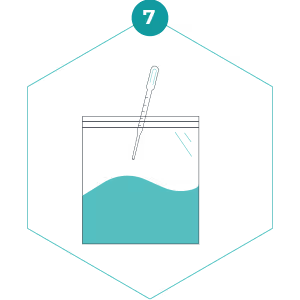
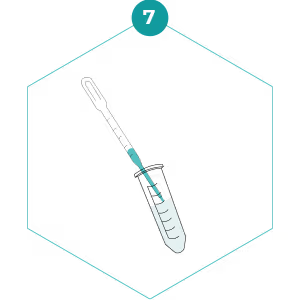
8. Repeat step 7 for each of the 6 tubes in the kit. Seal the cardboard box containing the samples.
Please do not mix the contents of one kit with another. Keep all six tubes in their original cardboard kit box.
9. Complete and sign the sampling datasheet with a pencil (please do not use pen as ink can easily run, to the point where it becomes unreadable).

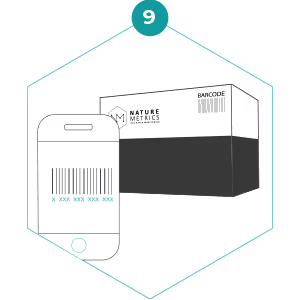
10. Package your samples: Place the cardboard box with samples and the sampling datasheet inside the resealable bag. Empty the remaining water in the sampling bag back into the pond.
11. Storage & shipping: Your samples are shipped to our labs at ambient temperature. If storing your samples overnight before shipping, please keep them refrigerated at 2-4°C. Samples can be stored for up to one month in the refrigerator, but should not be frozen or stored at ambient temperature.
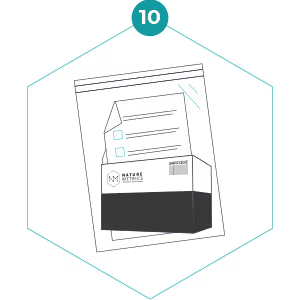
12. Recycling, shipping & booking your tests.
Recycling: We accept back all waste from our sampling kits. All plastic waste must be well rinsed with tap water and dried prior to sending back. Any soiled, wet, or dirty plastic waste cannot be recycled and violates international permitting regulations, so washing and drying is essential. Plastic waste can be shipped back in the same package as the samples but must be packed in a separate bag to prevent any possible contamination.
Sample return: When your samples are ready to be returned, do not post them yourself, please always contact NatureMetrics and we will arrange a courier for you. To book a courier to collect your samples for processing & reporting, please contact us on logistics@naturemetrics.co.uk / 0203 876 7350.
Book your analysis: If you need to order analyses for your samples, please do so via the NatureMetrics Portal: my.naturemetrics.co.uk
Need help? Contact our support team here.
Transporting your samples
Where possible, return your samples using the box that the kits were sent to you in. If using an alternative box, ensure that it is in good condition and remove any old labels. Avoid any excess space in the box by adding cushioning material (e.g. bubble wrap, newspaper) to avoid items moving around inside the box. Use good quality sealing tape and seal along box edges in a H pattern.
The only essential thing to send back to us is the specimen bag containing the filter and the sampling datasheet. However, all kit contents can be sent back to NatureMetrics for recycling.
Your responsibilities
Avoid contamination: It is your responsibility to ensure that all efforts have been made to avoid contamination from external sources and between samples.
Wear the provided gloves: Handling samples without gloves can increase the content of human DNA, reducing data generation.
Please note: Samples from some locations might have compounds that inhibit tests resulting in reduced data generation – while we routinely test for inhibition, it is not always possible to overcome.
Disclaimer: Safe sample collection is your responsibility. NatureMetrics accepts no liability associated with the use of the kits and sample collection. You are solely responsible for the quality of the samples and the representativeness of the samples that we receive. Please read the full limitation of liability statement in our Terms and Conditions.
Health & Safety information for this kit can be viewed here.
